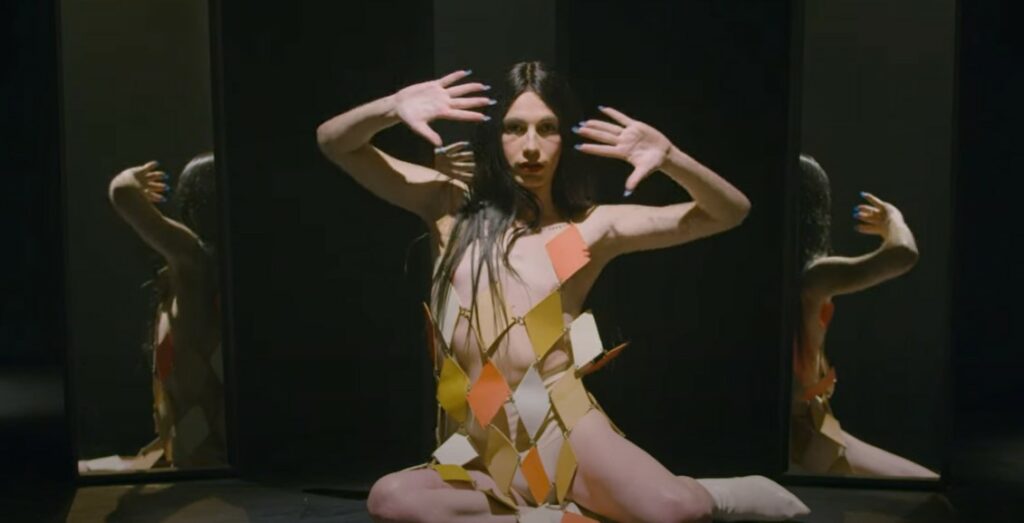We cannot miss Nina Champs! The artist has been so present in the Belgian queer scene for the last two years mainly in Liège but more and more in Brussels as well. She’s the co-founder of Les Bastards collective and TransPédéGouines where she’s DJing. She co-wrote her first play “Hurler à la mer” about living with HIV and she’s proudly speaking up for trans and HIV activism on AIDES, Plateforme Prévention Sida, Vews or Paint. After becoming a model for inclusive underwear brand La Fille d’O, she’s now becoming an actress in P. Estingoy’s short movie “Les Âmes Sourdes” and dancing in Simon Fransquet and Alice On The Roof new video clip “Caught In A Gender Game”.
We met with Nina to discuss all of this and also catch a glimpse of the future “Praise” project:
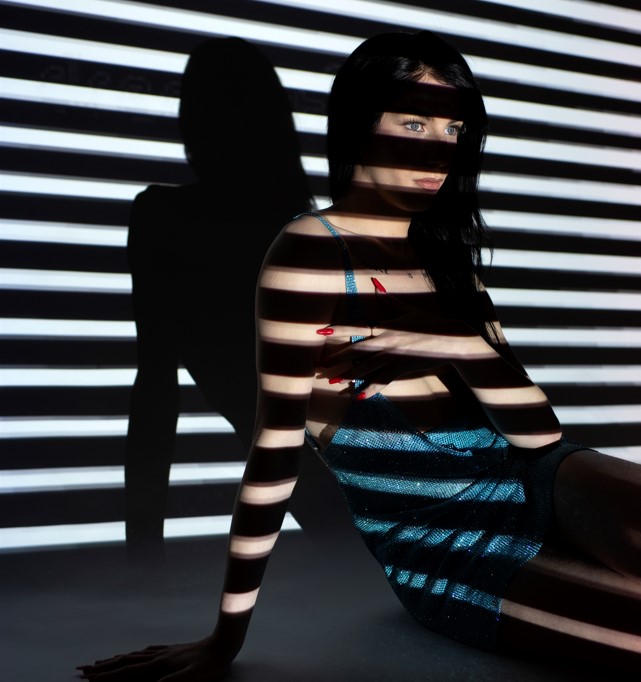
Nina, you are already an artist with multiple hats but we will soon find you in front of the camera. Could you tell us more about the short film “Les Âmes Sourdes”?
“Les Âmes Sourdes” is the first short film directed by Léone P. Estingoy, a graduating student of IAD. It tells the story of Marvin and Valanda. Marvin is a young man in a toxic masculinity environment who meets Valanda. We understand that there is a relationship going on between the two of them. Valanda is a transgender woman who has been taken in by sex workers on the side of a highway, after complicated family conflicts. It’s about the pressure experienced by cisgender men who may fall in love with transgender women. I co-wrote the character of Valanda. I wasn’t originally supposed to play a role in this film. I was just supposed to be there to make sure that the representation of trans people was fair. Valanda was supposed to be an older trans woman but the director wasn’t happy with the actresses that were cast so he cast me. He proposed to me to create a young Valanda. There is also Valanda’s entourage of trans women and cisgender sex workers in this shoot. I brought several of my girlfriends to be with me. This first film experience went great and I can’t wait to see what happens next. I enjoyed getting an inside look at this business. I had prepared myself for it and it’s still very intense, especially when you’re playing something close to your own experience. That’s also the beauty of cinema and the beauty of a role, it’s to add yourself to a character. The character lives thanks to us and I wanted to make Valanda live in this way.
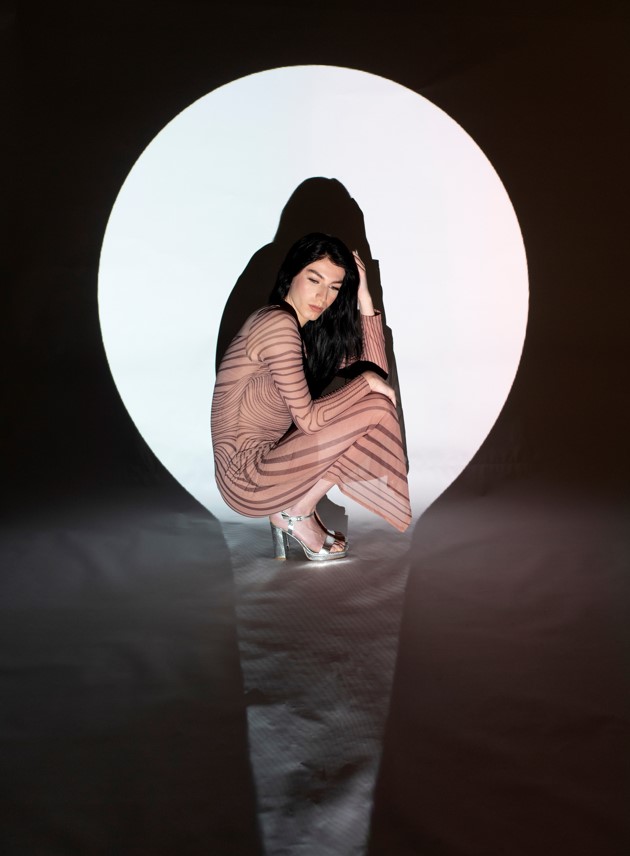
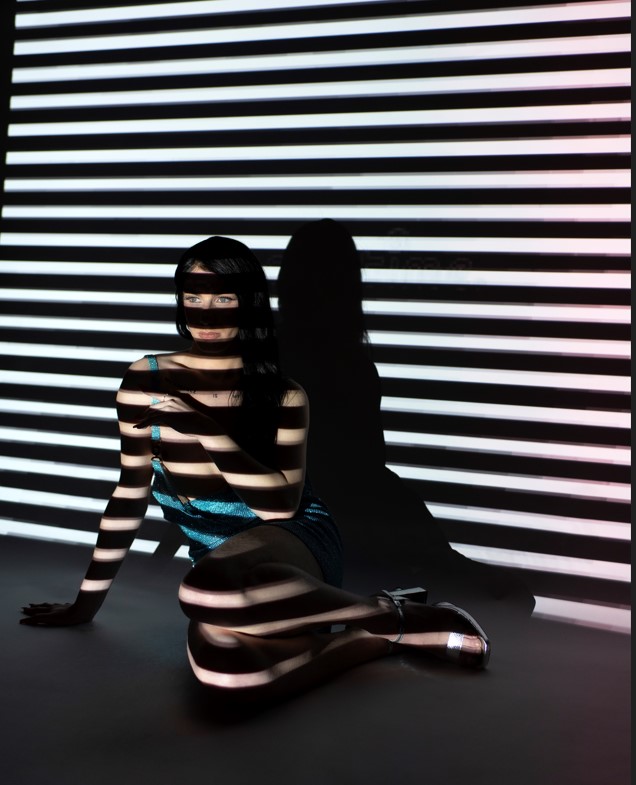
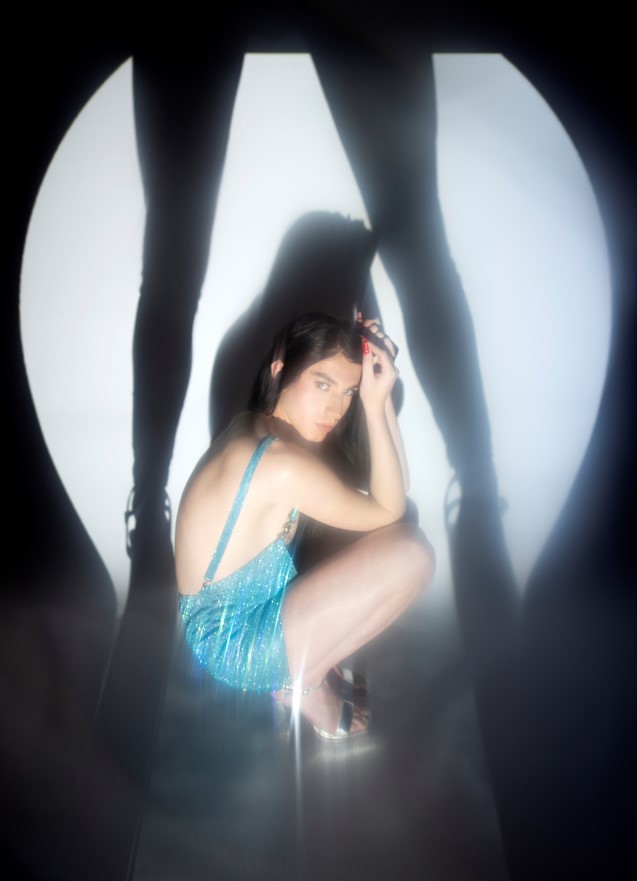
This is not the only new thing on the program. We have heard about a collaboration with the singer Alice On The Roof ?
I was contacted by Simon Fransquet who made an album for the soundtrack of a documentary movie by Jawad Rhalib that follows five queer people in Brussels called “The Pink Revolution”. Alice On The Roof worked with Simon Fransquet on the album by lending her voice. Simon contacted me and offered me a carte blanche for the video clip of one of the tracks of the album which is called “Caught In A Gender Game” which was released at the end of February. Alice On The Roof’s voice illustrates the video. I’m pretty excited because it’s a clip with an aesthetic that is mine. I was able to contact a designer called Lion Ascendant Connasse who is incredible and who lent me an outfit for the occasion. I wanted to do something innovative in this clip because we have never seen a transgender woman in Belgium in a clip of a mainstream artist. Alice On The Roof is still part of the wave of great Belgian artists like Stromae, Angèle, Selah Sue, and Loïc Nottet. It is therefore quite rare and I wanted to show my body with this outfit as a body in transition that reflects beauty. This is what I wanted to spread as a message. The outfit is made of lots of squares and diamonds assembled by chains and we can catch a glimpse at my body and my breasts. I wanted to express that all bodies are beautiful, my body is beautiful and the body of a trans woman is beautiful and it must be represented. It contributes to improving and bringing fair trans representations. It is also in agreement with my work on the short movie where I worked on fair representation and eventually incarnated the role myself. I am quite proud of these two collaborations and the visual content that resulted from them.
Music, DJing and modeling are also among your many talents. Do you have some news about this?
Modeling was kind of unexpected for me. I’m not a model, strictly speaking. However, I love to work on images and being able to capture bodies. I took part in a campaign for La Fille d’O, which is an inclusive underwear brand that collaborated with Sébastien Meunier, who worked for the Maison Margiela brand. I did two photoshoots for this brand and I get along very well with the designer Murielle. We built a real friendship. There may be new projects coming up, but it’s the way their brand is inclusive, without claiming its inclusivity that I think is cool. This question about bodies is answered and all types of bodies are represented by this brand. That’s why I accepted the collaboration. Next to that, I started DJing in August. I had this intention with Mathilde fka Gigi The Bastard who is part of the collective Les Bastards to change the DJ scene in Liege which is very represented by men and which always serves the same musical style. Mathilde has her own style, I have mine too and we said: Let’s go. I invested in a small mixer and started practicing. My vision of DJing is about wanting to bring my sisters the experience of fun and safe music moments. I was recently programmed in Brussels, for instance at The Crazy Circle and I have possible opportunities in Paris, Marseille, or Switzerland for the future. I wasn’t expecting this at all because I was basically just doing it for fun and also exclusively for TransPédéGouines. Finally, it’s a way like any other to express myself and I take it with a smile.
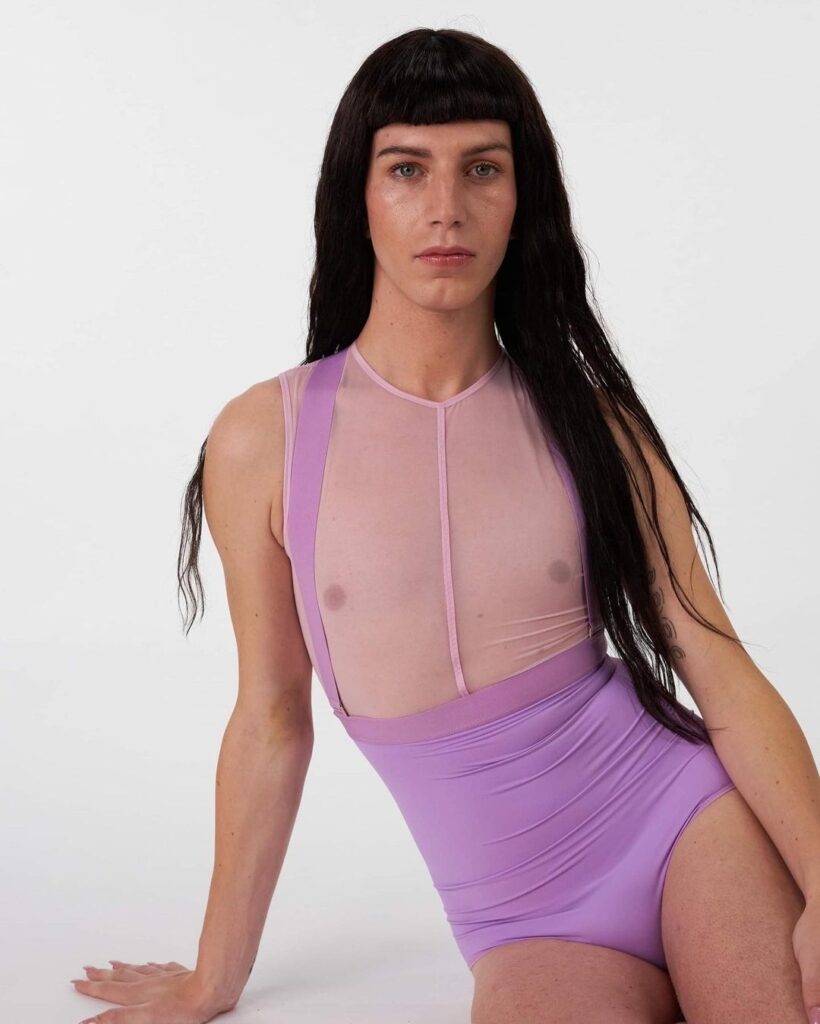
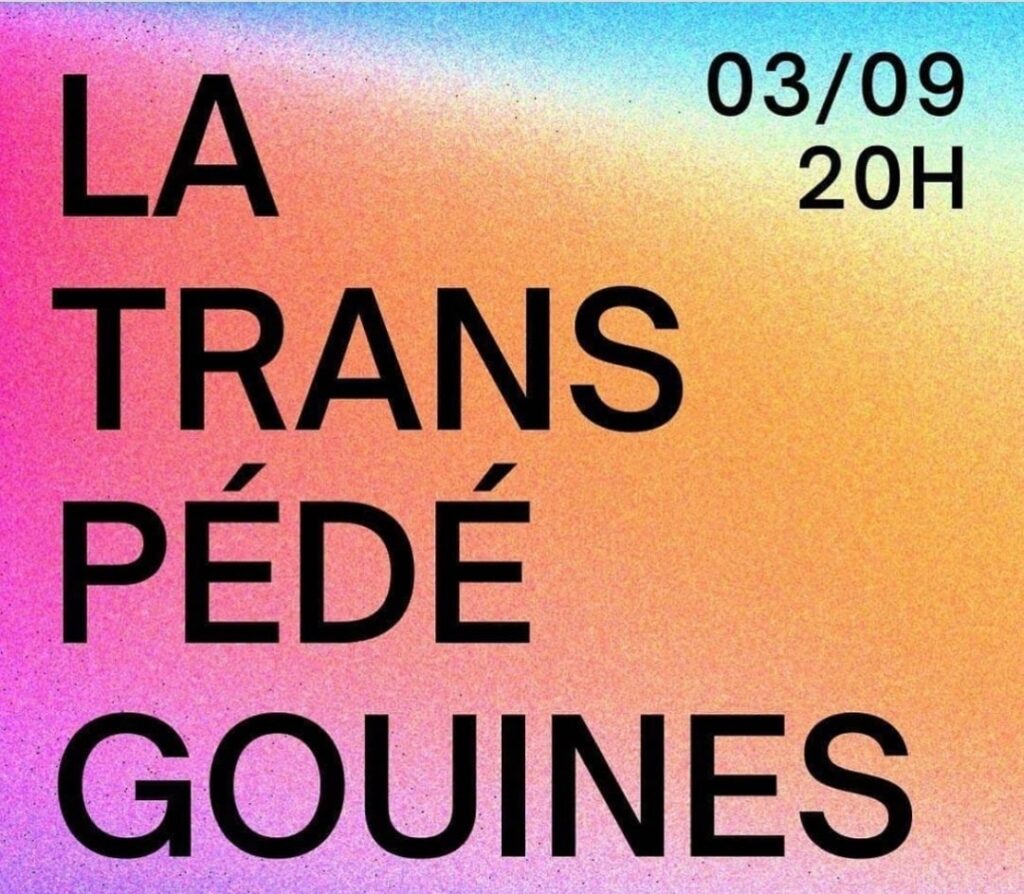
We notice you a bit everywhere with the collective Les Bastards and TransPédéGouines. How do these collaborations influence your career as an artist?
Les Bastards collective is my family, it’s my home. I am a co-founder. The collective and its members held my hand at a time in my life when I wasn’t feeling well. Les Bastards, for me, is like my artistic starting point. , I feel like the play “Hurler à la mer” and the TransPédéGouines movement are born from the collaboration between the collective Les Bastards and Glue Gang which is a collective of feminist collages in Liège. I am very proud of the result. I feel proud to have created this. It all started in fact from the intention of making things easier for my siblings. Clearly, the TransPédéGouines was also a space for me to experiment with DJing and make mistakes. This is also what makes it my home and that’s why I’ll never forget where I came from. They are the ones that made me lift my head and become the artist and the person I am now.
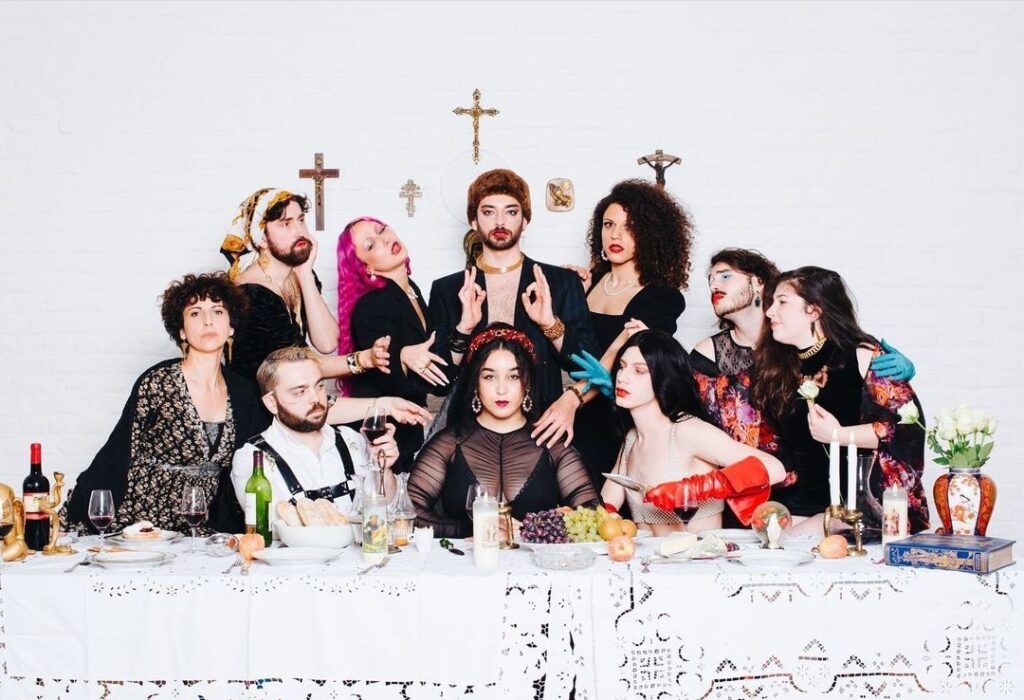
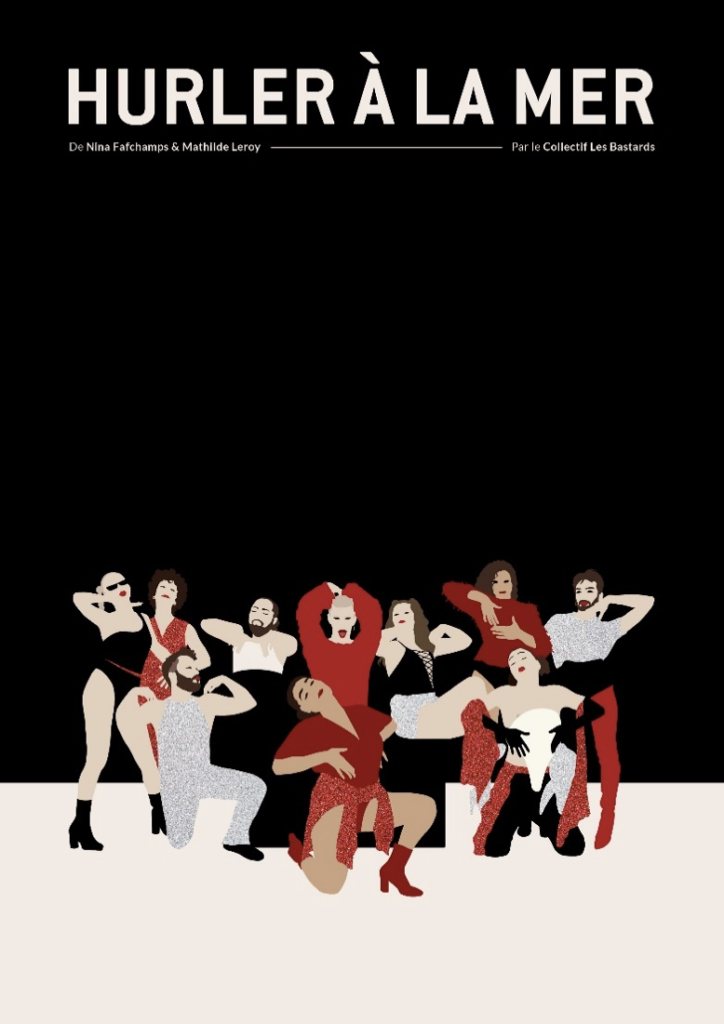
For those who did not have the opportunity to discover the play “Hurler à la mer” co-written with Mathilde Leroy which deals with the theme of dealing with a positive HIV status, can you tell us more about this experience?
“Hurler à la mer” is a theater project that mixes theater and dance and talks about my diagnosis as an HIV positive person diagnosed at the age of 20. Jules, the main character represents me pre-transition. It’s about my experience as an HIV positive person, from the moment I was diagnosed to the moment I become undetectable. From that moment, I’m invaded by many feelings and thoughts which are interpreted by six silhouettes surrounding me on stage. The “Hurler à la mer” experience was extremely therapeutic because it allowed me to get out of the discomfort I was having towards HIV. It also allowed me to become more informed and to want to educate about the issues surrounding HIV. The figures are unbelievable, 63% of the Belgian population has an wrong understanding of the transmission of HIV and I find that way too high. There are more or less 19,000 people who are HIV positive in Belgium and these are real people, human beings, who live, who get up every morning, who have the strength to fight every day against serophobia. It is for these people that we wanted to tell that story with the collective Les Bastards. In the sequel, I think that we would like to include the transition in the narrative. It had not been emphasized in the play because it was written before i started my transition. I think that needs to be inserted in the story. I remember, at the beginning, people could tell me: You shouldn’t mix the two. But, in fact, for me, it is necessary to mix the two because here I am a trans woman who lives with HIV and who lives intersections. I noticed the change and I felt the double discrimination. We played for three days at the La Boverie museum and it was sold out. On the last evening, we met with the audience on the stage for a Q&A and it was magnificent. The feedback we got was that it could feel emotionally heavy, but for me, the experience of a person who has HIV at the beginning is so heavy. I couldn’t see myself embellishing things. This is not a Disney movie. We’re talking about life here, we’re talking about my experience as it was. I think the story will make even more sense if we address the link to transition. The reason it’s so heavy is because when I was diagnosed, I felt like I had no future anymore. Subconsciously, there was a part of me that knew I was going to transition and this announcement was messing up that whole future process. I was clearly thinking that I was going to die. “Hurler à la mer” shows these different stages, and how slowly you get back up. The final monologue emphasizes pride and the need to say things to society. Listen to us because this actually happened to us and we didn’t do anything wrong. No one should blame us for being sick or for being a virus. The face of HIV has been death, but it is no longer the case in Western Europe. However, we must not forget that there are still victims and that there are social categories that are more affected. We must focus prevention on these social categories, especially drug addicts, transgender women and also create intersections in the way we fight HIV. We need to try to assess what the risks are for a transgender woman, a sex worker, an immigrant woman for example. We need to be protected legally and have laws that really protect us.
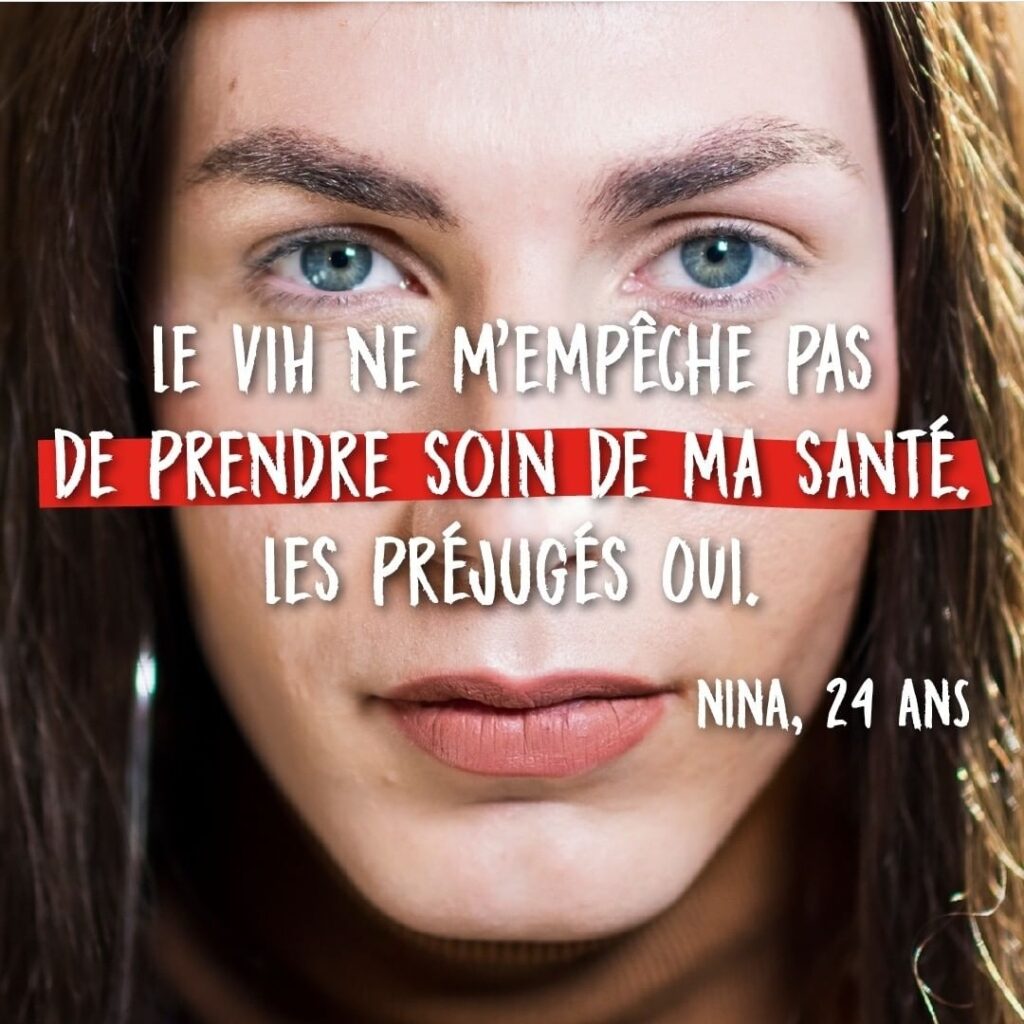
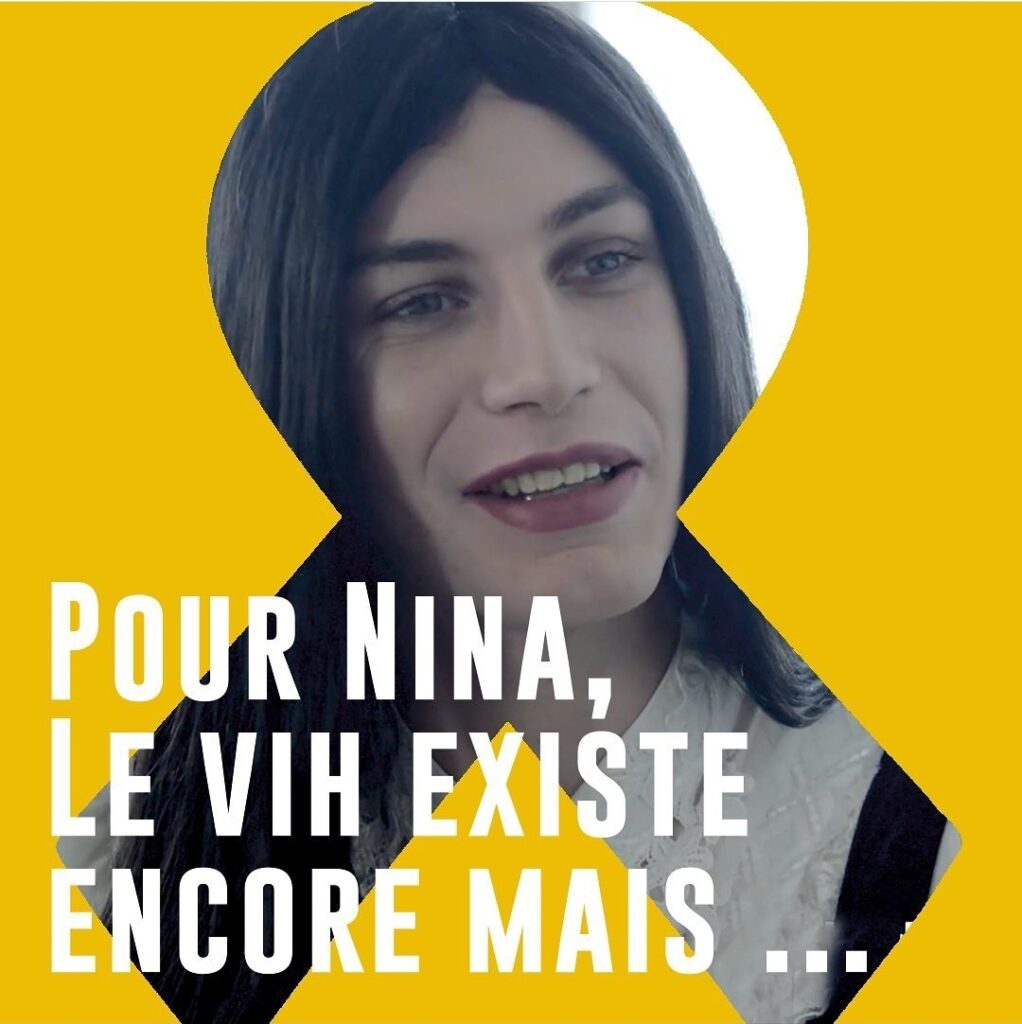
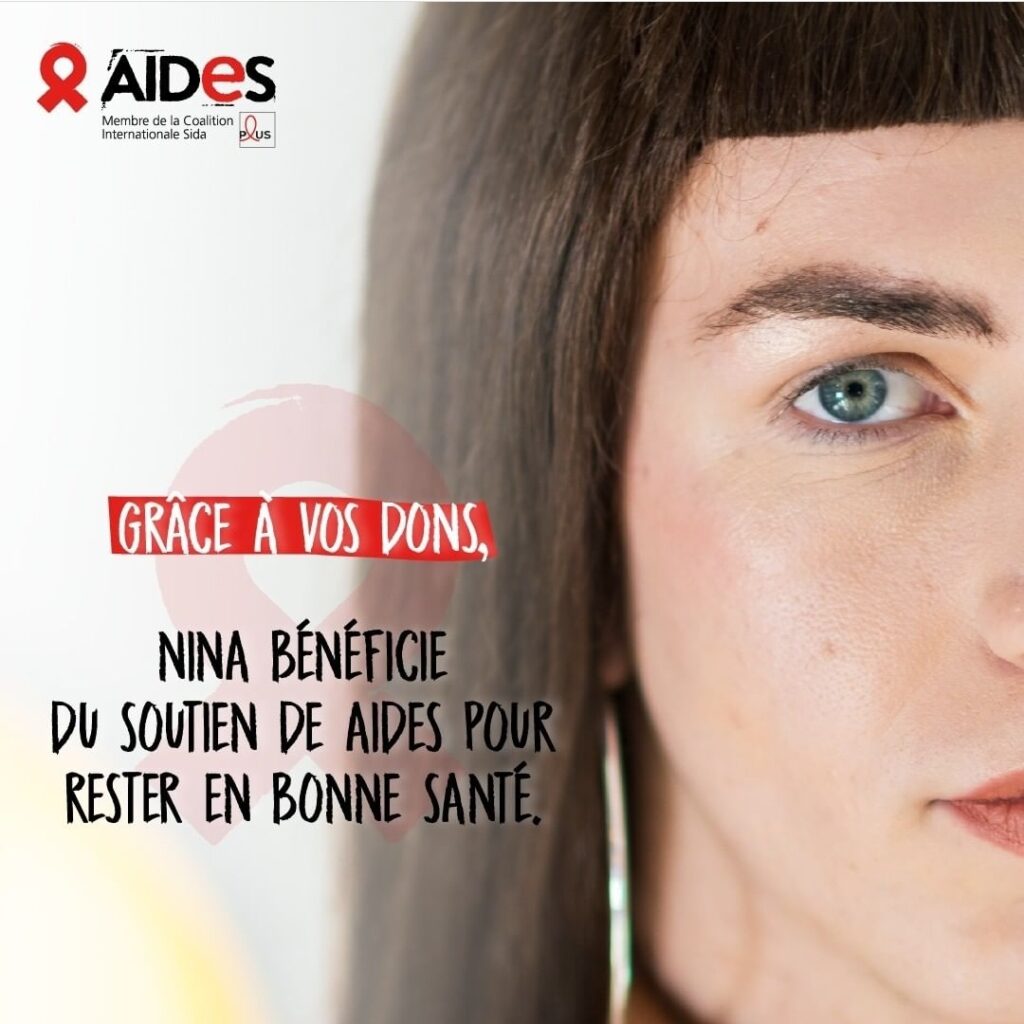
You are very militant and activist. We find you in the campaigns of the Plateforme Prévention SIDA and AIDES to talk about HIV as well as on Vews or Paint to shed light on the themes of serophobia and transphobia. You also openly testify about your transition on your social networks. Is this role of spokesperson important to you?
This position of spokesperson can be heavy to carry sometimes. Everyone is free to think that I inflicted this role on myself or that I decided to do it. I think it happened on its own. Something changed when AIDES told me I was the first transgender woman to be part of a national campaign of this scale in Europe forty years after the beginning of the epidemic. What I find absurd is the fact I am the first is considered an event. It shouldn’t be. I feel very strongly about this because there is an emergency. It is important to me to say coherent things and to remain faithful to what I defend. For example, I denounce certain representations in the world of cinema and it happened to me to go to auditions and discover the trans roles were very bad and very badly represented. I preferred to refuse these roles to remain true to myself. To be an activist is a privilege and it is not an opportunity given to everyone. Activism can also be rough because I am a sex worker, I live with HIV and I am trans. I defend a lot of things, I show activist and militant strength but meanwhile in my private life, I still experience these difficult discriminations. We need to be heard and helped that’s why I feel I cannot do otherwise to speak up. My voice is not more important than anyone else’s, whether it’s me or another sister. On the other hand, the platforms exist and if they give me the opportunity, I have to do so. I accepted the AIDES campaign because it is about time to include us in the prevention of HIV/AIDS and it is about time to listen to us. I consider myself more as an artist than a spokesperson but for me, an artist communicates the messages that are important to him and he also reflects his audience in a certain way. I am always going to say what I have to say with my guts because this is what I am living. There are so many things that are inconsistent in the mechanics of the discrimination we face. All of this has to be testified. This purpose can be hard to carry but it is more than beneficial for many people and that is what makes me feel good. Receiving messages from people thanking me and telling me that I speak for them because they are going through the same thing. It gives me the strength to continue. We need to give strength to each other. That’s why I do it.
Nina, you are originally from Liège but you are becoming more and more important in the Brussels queer community. What attracts you to Brussels and its queer scene?
So I’m a Liège native and I’ll always have Liège in my heart, but Brussels is bigger and I’ve met some great people there. I had a familiar feeling when I met these people and I feel very good with them. The queer scene in Brussels is making so much noise. I find it inspiring. My dream is that the queer scene in Liège can become proportionally as sublime as the queer scene in Brussels. In Brussels, I made some encounters that are dear to my heart like Athena Sorgelikis. Artistically and in life, she is someone I admire a lot. There is also Jhaya. These are people who are in my heart and with whom I had connections. We understand each other very well. The queer scene in Brussels is very much present and I feel much more represented, much safer. My place in the public space, in Liege, is more complicated. I’m afraid to leave my house, whereas, in Brussels, I don’t have this anxiety because the community is bigger. I also found a sister in Brussels who has the same background as me and that makes me feel really good. The few projects in Brussels make me feel good as well. Brussels is kind of my future because I plan to move there in 2023. Maybe I’ll become a real Brussels citizen?
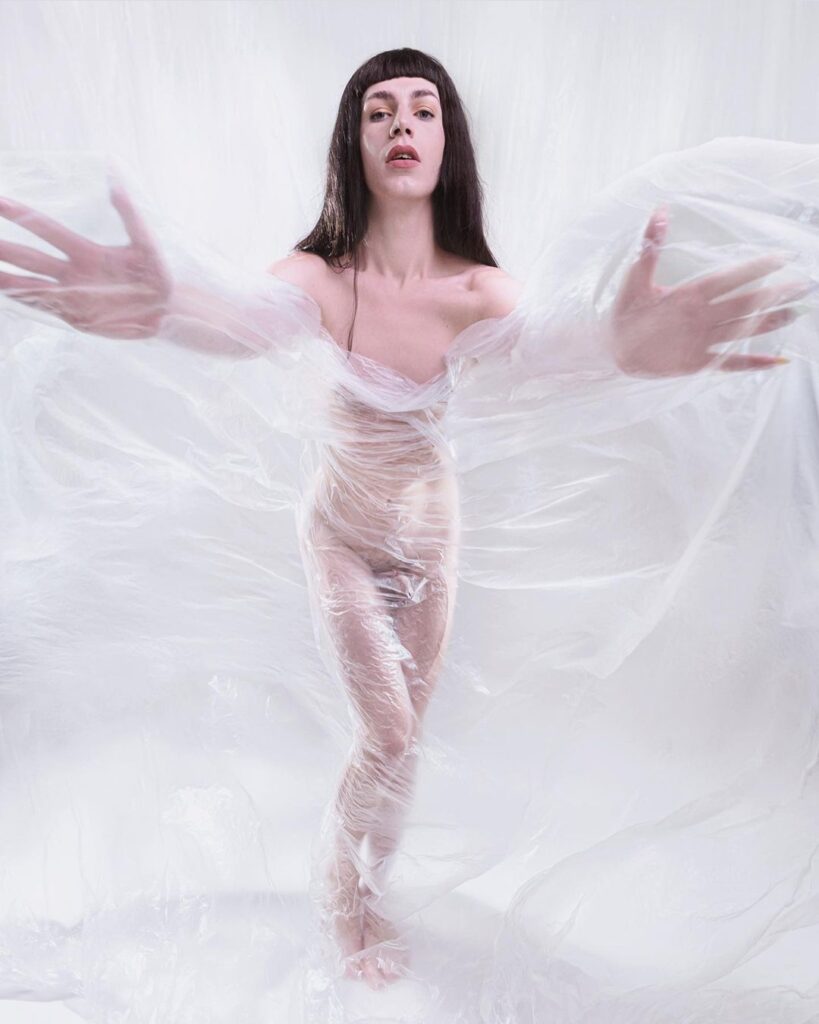
Another project is close to your heart. It is “Praise” which combines image, music and choreography. The theme is the place of the trans body in society. Would you give us a little taste?
The preview I can give you is “Femininity” the first official track I co-wrote with Aug Eight aka Owen Harrison who is a London-based music artist. Music is not his main activity but there is a real musical connection between us and he is my cousin’s partner. There will be other collaborations in “Praise”, with King Kovaci among others who is one of the members of the collective Les Bastards. And if ever other artists want to collaborate, let’s do that. It’s a project that will combine and mix my relationship to performance, my relationship to dance, my relationship to music, and my relationship to images. The goal is, by adding mysticism to my story, to tell what happened in my subconscious when I told myself: “Girl, wake up and start your transition! I asked myself many questions: What is femininity? What is my place in this world? Why, if all that is most beautiful and strongest on this earth, that is to say, nature, the sky, the earth, the water do not destroy me, why does human mankind persist in wanting to kill my sisters and my brothers. It is all of these questions that are explored in “Praise”. It will also be related to gestures, and to what comes out of my body? The music will tell how I feed myself with certain energies through music and how I want to spread other energies by playing my music. As a trans woman, I have always felt that I was understanding the system of the world we live in but other people don’t understand who my sisters and I are. Through this project, I want to show us as we are so that we can be understood. There will also be a spiritual dimension because a transition is something strong. I feel most trans people I met have a strong relationship to spirituality because it is a rebirth. You get to rediscover yourself. There is also this fear that I constantly have of waking up one morning and being told that one of my sisters is no longer there. No longer there because she was killed or murdered or committed suicide. That is the reality of our lives. We have a suicide rate that is seven times higher for trans people. 2021 was one of the deadliest years in the world for trans people murdered. And these are things that need to be addressed. I chose several axes to tell this story: music, images, body, and voice. My texts will be interpreted by voices. The body will be visible through dance. The music will make you hear some things, as well as backup images will tell other things. The images tell what they want to tell but the images do not tell what the music tells. The music does not tell either what a body diffuses. Words are not enough to tell what a body conveys because a body has a memory. I always feel a little limited when we have the choice of only one of these axes. We break the codes by wanting to bring four different ways to tell the same thing. When these four axes complement each other, it is for me the best way to tell this story of body change. In the end, what I tell is something quite universal because our bodies, whether cisgender or transgender, are all in transition. We don’t have the same body from twenty years old to thirty-five years old. And women in general, I want them to identify with “Praise” because women must support each other. For example, some of the things that can happen with TERFs, I can’t understand. How come that natural sisterhood that should form between women isn’t? What is so scary? How afraid are other human beings of me to think that it is justifiable to insult me or my siblings? I also discuss the pre-transition and its reasoning. Finally, I want to capture images of Belgian trans women, who are my icons, who all had an important role in my transition. It’s a work in progress and it will take a little more time. I plan to release it in 2023. I want to target all audiences. My sisters will be able to recognize themselves. Others will be able to educate themselves. I did a work stage of “Praise” in September, and right before I went on stage I was mocked by people who came to see the show. I was made fun of for my outfit and the same people came up to me at the end crying, saying they understood now.
Picture credits : Murielle Scherre, La Fille d’O, Julie Mormont, Marie Valentine Gillard, Laetitia Bica, TransPédéGouines, Rachel Thonart Nardellotto, Reding Pit, Plateforme Prévention SIDA, AIDES.
You may also like
-
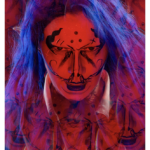
Laetitia BICA : If there’s nothing at stake, why play?
Driven by her Sicilian roots and passion for photography, Laetitia BICA challenges industry norms through
-

Martin PY : “Queer stories always get people talking and thinking.”
Martin PY, hailing from the coastal village of Carqueiranne, France, found his passion for storytelling
-
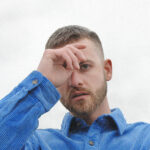
Eden Fern and his Garden of Secrets
Meet Eden Fern, an emerging artist whose musical universe combines personal growth with creativity. With
-
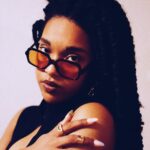
Emmanuelle: Harmonies of Identities
KET Magazine x Black History MonthAlex Perry: The Prince of Xperrymental Music Porcelain Id: Embracing
-
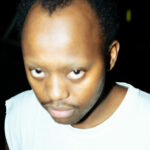
Porcelain Id: Embracing Multitudes
KET Magazine x Black History MonthAlex Perry: The Prince of Xperrymental Music Porcelain Id: Embracing
